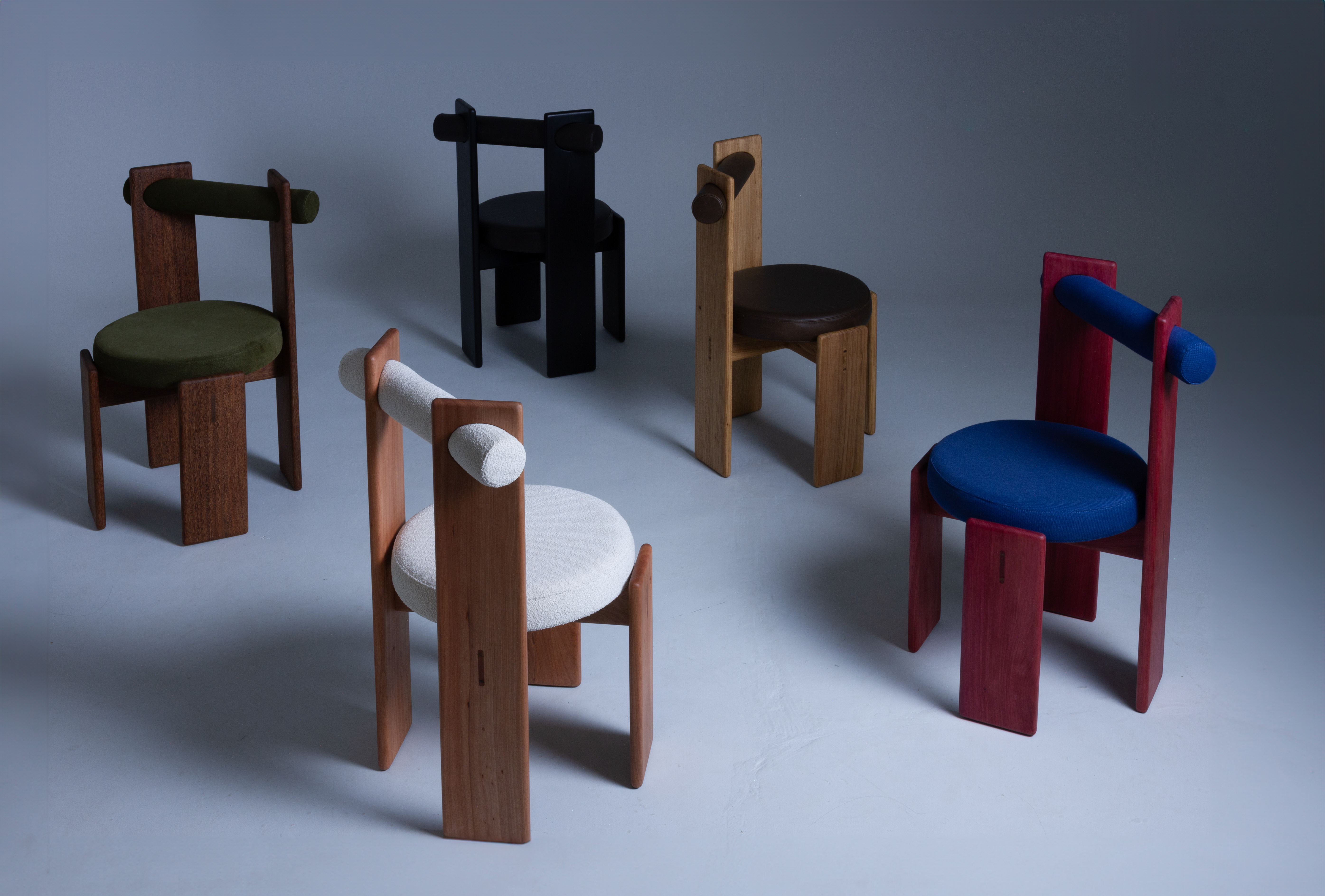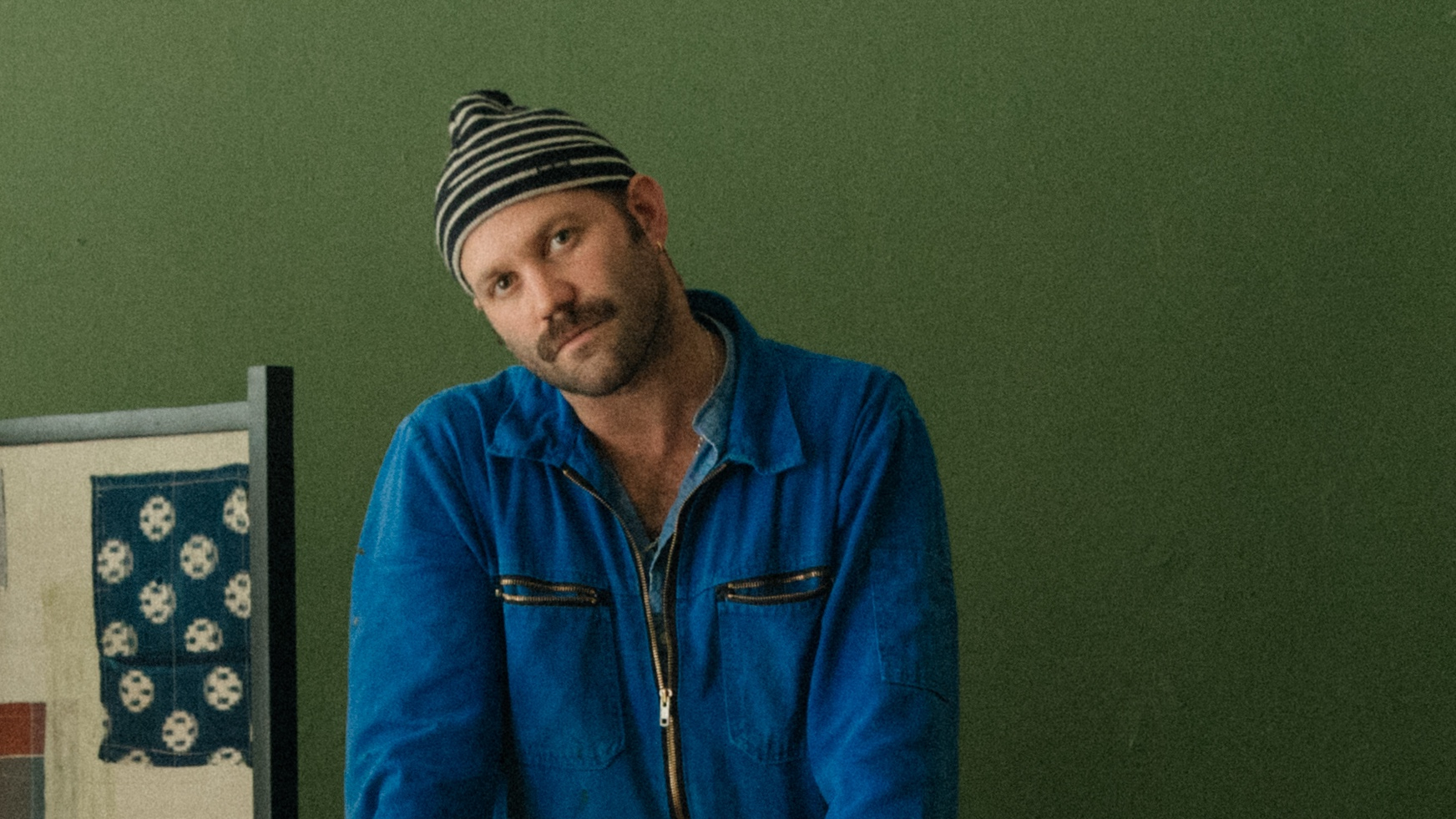Doctor’s orders: graphic design is good for you, reflects a new London show

There isn’t a catch-all response to the question posed by the Wellcome Collection’s new exhibition, ‘Can Graphic Design Save Your Life?’ The answer, as curator Lucienne Roberts has discovered after several years of sifting through the archives, is contradictory to say the least. As co-founder, with Rebecca Wright, of GraphicDesign&, a publishing house that explores graphic design’s social role, Roberts has long been interested in ‘demonstrating the value’ of the discipline. ‘There are very few subjects that are as essential as health,’ she says. ‘We knew the pharmaceutical industry was a really rich area to explore. It lends itself to quite a minimal, abstract approach.’
Drawing on Wellcome’s own massive collection, as well as loans from companies and individuals, Roberts worked with Jason Holley and Satoshi Isono of Universal Design Studio to shape the exhibition. ‘We looked at it as a graphic space,’ says Holley, ‘using composition, architecture, colour and iconography.’ From the (freshly fashionable) hospital pastel colour scheme to a sprinkling of supergraphics and a clutch of totemic forms (cigarette, cross, warning triangle and question mark), the stage is set for hundreds of items that chart our relationship with the desires, demands and dictates of buying, selling and applying healthcare.
The exhibition begins with the cross, crescent and crystal, the three symbols of the International Red Cross movement. ‘These are powerful emblems,’ says Roberts, ‘so it’s a good way of introducing graphic design to a non-graphic audience.’ The juxtaposition with Raymond Loewy’s Lucky Strike cigarette packaging is stark; the show’s ‘Persuasion’ section lays bare the creative battles that still rage between pro- and anti-smoking lobbies. The undeniable bursts of creativity and visual allure of the former (think Saatchi & Saatchi’s Silk Cut) have given health campaigners an unenviable uphill task. Ironically, in recent years designers have also explored the simplicity and discipline of ‘unbranded’ cigarette packaging.

Universal Design Studio’s model for the exhibition, with graphic symbols as sets for themed sections
- Education: modernism deployed to inform consumers and promote health
- Hospitalisation: the art and design of treatment and recuperation
- Medication: the role of design in building brands and selling drugs
- Contagion: a warning triangle to explore safety and security
- Provocation: design with a conscience, aiming to reshape attitudes
- Persuasion: a cigarette shaped display infers the power of design
Drug packaging has long provided artistic inspiration. Bayer, the German chemical multinational, pioneered stamping its logo on the pills themselves at the turn of the century, giving Aspirin, its new miracle drug, a distinct, inimitable style. From the 1920s and 1930s onwards, the psychology of health and healing and the vast amount of new drugs on the market transformed packaging design. The show’s ‘Medication’ section revels in these crisply medicinal corporate identities, annual reports, packets and posters from companies including Bayer, Geigy, Teva and more.
Other key pieces include a classic French pharmacy sign, with its flashing green patterns reprogrammed to display the name of the exhibition, and the ‘Battenberg’ markings from the side of a British ambulance, which form a ghostly imprint of the vehicle on the gallery wall. The signage throughout is set in New Rail Alphabet, the Margaret Calvert-designed typeface that was the default option for the NHS for many years.
Designing for healthcare ticks all the boxes for the socially conscious designer – it seeks to arrest, inform and ultimately change behaviour. Roberts cites Ken Garland’s 1964 ‘First Things First’ manifesto, an influential attempt to create a moral framework for graphic design’s ample powers of persuasion. The show’s ‘Contagion’ and ‘Provocation’ displays demonstrate how vital visual communication is and how impactful health propaganda can be (the 1980s Aids ‘gravestone’ advert, included in the exhibition, is a totemic and ominous item for those who recall it).
The exhibition name is repeated, plastered across the gallery walls. ‘It is a provocative title and we wanted to maximise it,’ Roberts says. As with all the best medical messaging, it lingers in the mind long after the last pill has been popped.
As originally featured in the October 2017 issue of Wallpaper* (W*223) – on newsstands 15 September
INFORMATION
‘Can Graphic Design Save Your Life?’ is on view until 14 January 2018. For more information, visit the Wellcome Collection website
ADDRESS
Wellcome Collection
183 Euston Road
London NW1 2BE
Receive our daily digest of inspiration, escapism and design stories from around the world direct to your inbox.
Jonathan Bell has written for Wallpaper* magazine since 1999, covering everything from architecture and transport design to books, tech and graphic design. He is now the magazine’s Transport and Technology Editor. Jonathan has written and edited 15 books, including Concept Car Design, 21st Century House, and The New Modern House. He is also the host of Wallpaper’s first podcast.
-
 Terrified to get inked? This inviting Brooklyn tattoo parlour is for people who are 'a little bit nervous'
Terrified to get inked? This inviting Brooklyn tattoo parlour is for people who are 'a little bit nervous'With minty-green walls and an option to 'call mom', Tiny Zaps' Williamsburg location was designed to tame jitters
-
 Let’s hear it for the Chopard L.U.C Grand Strike chiming watch
Let’s hear it for the Chopard L.U.C Grand Strike chiming watchThe Swiss watchmaker’s most complicated timepiece to date features an innovative approach to producing a crystal-clear sound
-
 Form... and flavour? The best design-led restaurant debuts of 2025
Form... and flavour? The best design-led restaurant debuts of 2025A Wallpaper* edit of the restaurant interiors that shaped how we ate, gathered and lingered this year
-
 Step inside Faye Toogood's intimate cabinet of curiosities at PAD London
Step inside Faye Toogood's intimate cabinet of curiosities at PAD LondonFor PAD London 2025, (until 19 October) Faye Toogood presents The Magpie’s Nest with Friedman Benda
-
 Rajan Bijlani opens his Primrose Hill home for ‘Electric Kiln’
Rajan Bijlani opens his Primrose Hill home for ‘Electric Kiln’In his London home – once the studio of ceramicist Emmanuel Cooper – Rajan Bijlani stages ‘Electric Kiln’, uniting Frank Auerbach, Lucie Rie and Cooper in an intimate reflection on the creative spirit of postwar London
-
 These are the design exhibitions to see in London during Frieze Week
These are the design exhibitions to see in London during Frieze WeekWe round up the best design events happening in London in conjunction with Frieze Week 2025: discover collectible design and craft across the city
-
 Norman Foster and nine other architects design birdhouses for charity – you can bid
Norman Foster and nine other architects design birdhouses for charity – you can bid‘Architects for the Birds’ is spearheaded by Norman Foster and the Tessa Jowell Foundation to raise funds to improve treatment for brain cancer. Ten architect-designed birdhouses will go up for auction
-
 The David Collins Foundation celebrates creativity in all its forms at London Design Festival
The David Collins Foundation celebrates creativity in all its forms at London Design FestivalThe David Collins Foundation presents ‘Convergence’ at the Lavery during London Design Festival 2025 (on view until 19 September), featuring works from the Arts Foundation’s annual Futures Awards
-
 Lee Broom’s brutalist-inspired ‘Beacon’ will light up London as Big Ben strikes the hour
Lee Broom’s brutalist-inspired ‘Beacon’ will light up London as Big Ben strikes the hourSet to pulse through London Design Festival 2025 (13-22 September) and beyond, the British industrial designer’s sculptural light installation on the South Bank draws on its surroundings
-
 Yuri Suzuki turns sound into architecture at Camden Arts Projects
Yuri Suzuki turns sound into architecture at Camden Arts ProjectsThe sound designer unveils ‘Utooto’, an interactive installation at London’s Camden Arts Projects (until 5 October 2025), in which visitors collaboratively build a sonic piece of architecture
-
 Alex Tieghi-Walker unveils his plans for Brompton Design District 2025
Alex Tieghi-Walker unveils his plans for Brompton Design District 2025Ahead of London Design Festival 2025, we catch up with New York gallerist Alex Tieghi-Walker about his appointment as curator of the Brompton Design District programme